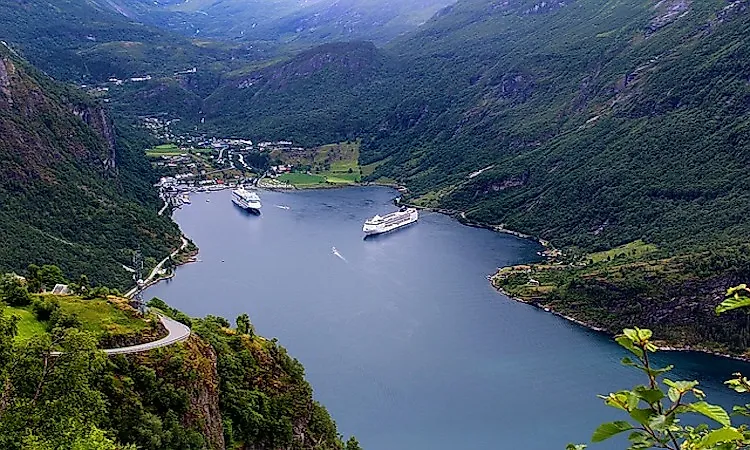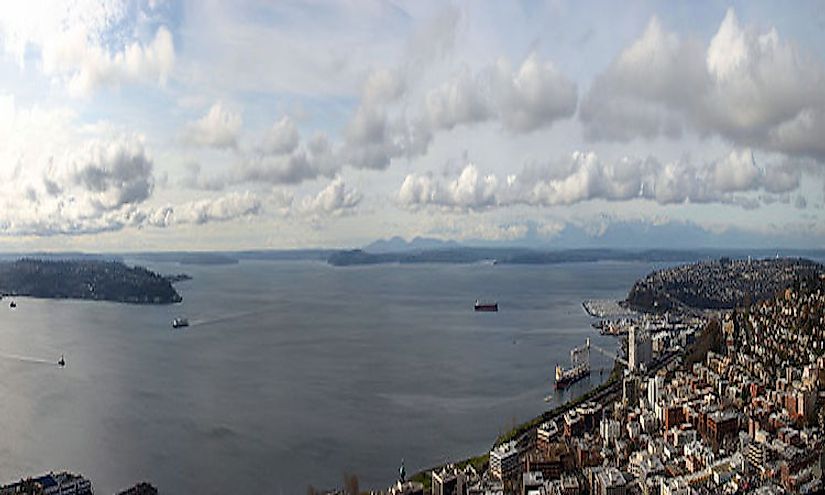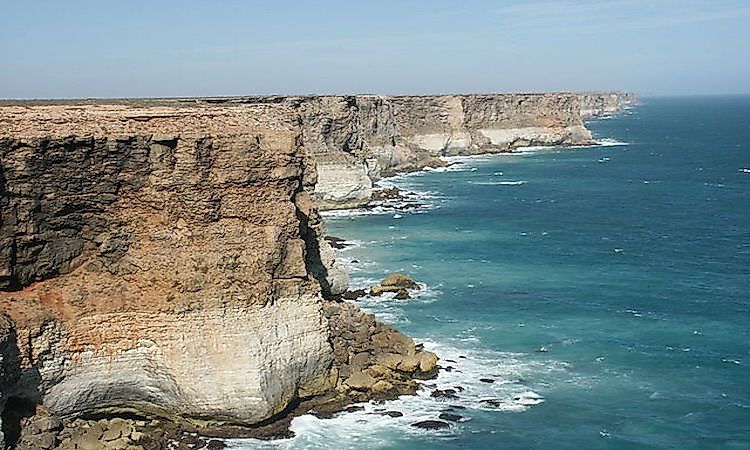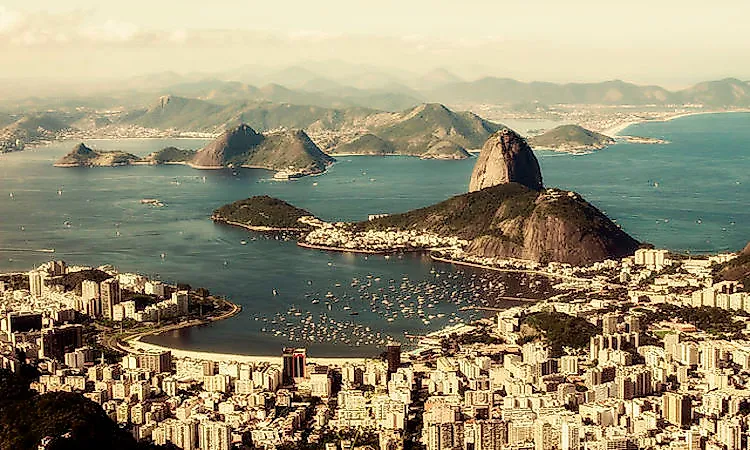Bay, Bight, Fjord, And Sound: Similarities And Differences Between These Coastal Features

Bays, bights, sounds, and fjords are coastal landforms with distinct features that distinguish one from the other. These landforms came about through geological processes such as plate tectonics and the erosion of the coastline. The landforms feature prominently in different places of the world and are unique to their environments. Bays, bights, fjords, and sounds support a variety of commercial and recreational activities.
5. What Is A Fjord? -

A fjord is commonly found in regions where the present or past glaciations are below current sea level. A fjord appears as a narrow steep-sided valley filled with seawater. It is formed by a glacier which washes away the bedrock of an area as it tumbles down. The fjord is primarily formed through glacial activity in the context of other geographical processes such as fluvial erosion and tectonism. Fjords were formed during Earth’s last ice age when glaciers altered landscapes as they moved. Fjords are surrounded by outstanding mountain scenery and are popular with sightseers as a result. Its mouth, where it opens to the sea, is often shallow. The deepest part of a fjord is found inland since glacial forces were strongest at that point. Fjords also have other features which include skerries and coral reefs.
Fjord is a Norwegian word which translates to ‘where one fares through.' Norway is famed for its spectacular fjords which include Sognefjord (203 km) and Hardanger Fjord (179 km). The fjord located in the western part of the country forms the Fjord of Norway where a series of them create a stunning landscape. These fjords are home to abundant wildlife and small communities and settlements populate their sides. The Scoresby Sound takes the crown of the largest fjord system in the world. It is located in Greenland, and it stretches covering a distance of 110 km.
4. What Is A Sound? -

A sound is wider than a fjord, and it is described as a large sea/ocean inlet. A sound lies parallel to the coastline, and it commonly separates a coastline from an island. A sound can be formed when a glacier recedes in a valley it carves out from a coastline. The sea can also invade a glacier valley and create a sound. More commonly, a sound is a result of the sea’s invasion on a river valley to form an extended inlet characterized by sloping valley hillsides which sink to current sea level and deeper under water. In some regions especially in Northern Europe, a sound is used interchangeably with a strait.
A sound contains other landforms ranging from beaches, lagoons, artificial shorelines, deltas, and rocky shores. The US, Canada, and Australia are countries with a high number of sounds in the world. These sounds include Camden, King George, York, and Montague Sounds in Australia; Puget, Saint Helena, Salisbury, and Rhode Island Sounds in the US, and Barkley, Desolation, Fitz Hugh, and Lancaster Sounds in Canada. The Anglo-Saxon word of ‘sund’ which translates to swimming is the origin of the word ‘Sound.'
3. What Is A Bight? -

A bight is shallower than a sound, and it lies near an ocean or a large water body. A bight manifests as a curve on the shoreline with a less curvature than that of a usual bay. The curve forms a vast and open bay. Since bights are shallow, they appear clearly marked on nautical charts due to navigational hazards. In nautical terms, a bay is described as a curve whose apex measures less than 25 degrees from the edges. The Great Australian bight, situated in Australia, is one of the world's extensive bights. It stretches along the country’s southern coastline and is marked by a series of coastal cliffs. The bight is also home to rock platforms popular with whale watchers as well as surfing beaches which are ideal for surfing enthusiasts.
The Bight of Benin, located on Africa’s western coast, is widely recognized for its historical importance. It was named the Slave Coast due to the thriving slave trade which took place in the region with the arrival of Europeans. In the US the Southern California Bight stretches in southern part of California starting from Point conception to San Diego. The region covers part of Pacific Ocean and the Channel Island. Before the arrival of Spanish explorers in the 16th Century, the indigenous Americans lived around the Southern California Bight. The whole region experiences climate and weather patterns that are similar to the Mediterranean. The Southern California Bight has a robust ecosystem with numerous mammals, fish, birds, and plant life
2. What Is A Bay? -

Bay, in its basic form, is a water body partly surrounded by land mostly on its three sides. Bay has a wide mouth through which it accesses the sea. One method through which bays form is plate tectonics, which is the drifting of continents. Earth’s largest bay, the Bay of Bengal, was formed through the crashing of the Indian subcontinent into the Eurasian Plate. Since this process continues, the bay continuously experiences underwater tsunamis and earthquakes. Although bays commonly occur in oceans and seas, they can also occur on rivers, especially those with artificial river mouths such as the New York Bay located at the mouth of the Hudson River. The land area enclosing a bay acts as protection from waves and strong winds.
Throughout history, bays have been favored for human settlement due to their suitability for fishing. As sea trade developed, bays became increasingly ideal for anchorage and were thus favored for the establishment of ports. The bay’s importance in human activities often results in environmental degradation. Commerce and tourism are the major activities which take place around the bays and which cause pollution. Bay is sometimes used interchangeably with a Gulf, the latter denoting a large bay. The Kowloon Bay in Hong Kong is a major financial and commerce region. Other well-known bays are New York Bay, the Chesapeake Bay, and the Gulf of California, and the Guanabara Bay in Brazil.
1. Similarities And Differences Between The Coastal Landforms -
The landforms differ in the geological and geographical processes that result in their formation. An example of this difference is exhibited between fjords and bays: while fjords are created through glacial activity, bays result from differential erosion. Bays, Bights, and fjords connect to one waterbody while a sound connects to multiple water bodies. All of the landforms occur near water bodies although they differ in size, density, and shape.











